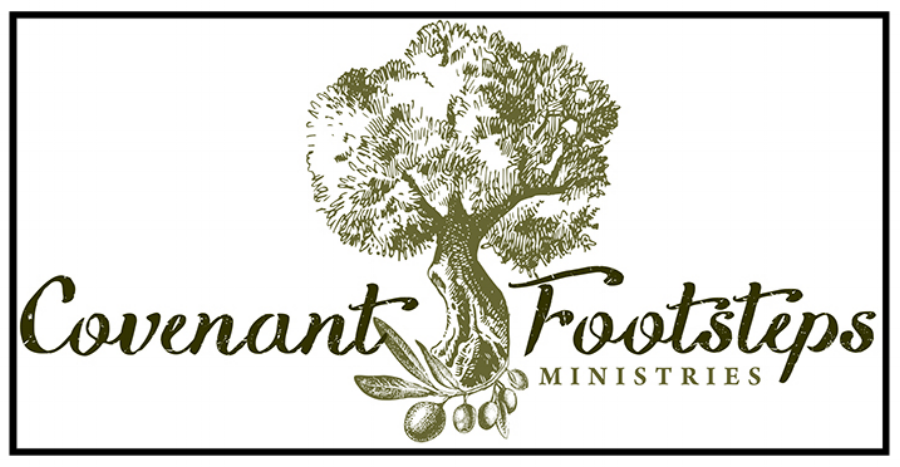Torah and Ruach, Law and Spirit
Shavuot is missing from Ezekiel's Temple. But, the festival exists today as an example for us. We benefit greatly from the patterns of Shavuot which identify our kingdom duties.
The Most High King, seated on His Throne, sent gifts to His people. We commemorate two of His divine gifts on Shavuot, gifts from which we draw the strength to labor for the kingdom and the power to love Him. They are the Giving of the Torah in Exodus 19, and the Giving of the Ruach HaKodesh (Holy Spirit) in Acts 2. The Law and the Spirit are memorialized together on Shavuot.
Acts 2 records the exact day when the Holy Spirit manifested. To find the connection between Shavuot and the Giving of the Torah, however, we compare Exodus 19:1 with 2 Chronicles 15:10-14. The Holy One descended upon Sinai in the third month after the Israelites left Egypt. So, it was in the third month when King Asa of Judah took a sobering look at his nation's spiritual posture. People of the Southern Kingdom, like their brothers in the north, were corrupt.
Asa summoned everyone to Jerusalem in the third month, the month when Israel had received the Torah. The Targum records the day as Shavuot. They sacrificed, re-embraced the Torah, entered into a covenant to worship wholeheartedly, shouted loudly, blew the trumpets and shofars, and renewed their relationship with the Almighty in joyful gladness.
Shavuot is a day marked by Law and Spirit, and the pattern of twos: two mountains, two writings, two visitations, and two holy fires. The twos represent an essential unity of faith, and link us to His divine redemptive plan.
Published May 17, 2018
